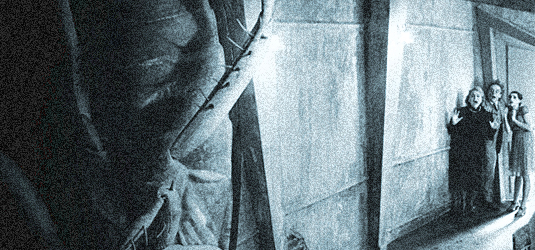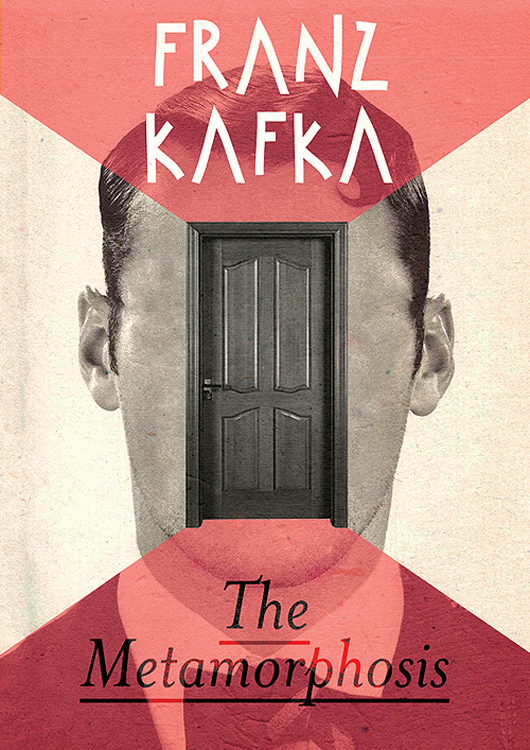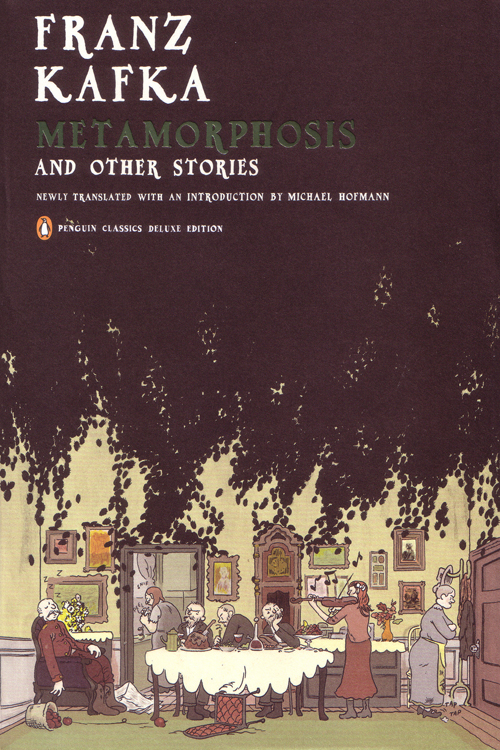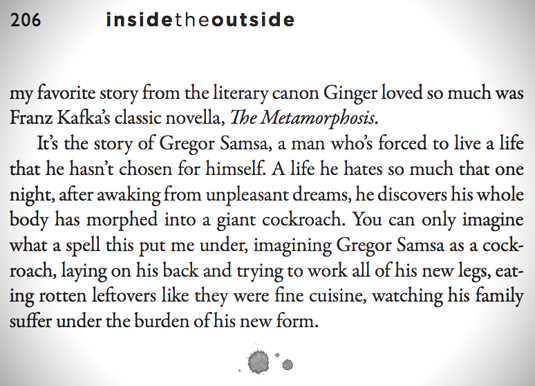
One of my very first English professors, a kindly old lady at Chaffey College, once told us not to bother reading boring books. "There are too many good books out there," she said, "to waste your time reading something you're not enjoying."
 It was great advice, which I still adhere to almost 17 years later. Of course, I also understood that she was talking about our personal reading preferences, as opposed to what we were assigned to read as students. In the course of my education, I had to read a lot of stories that I would otherwise not have entertained had my grade not been on the line. I came to equate—as so many students do—school reading with boring reading.
It was great advice, which I still adhere to almost 17 years later. Of course, I also understood that she was talking about our personal reading preferences, as opposed to what we were assigned to read as students. In the course of my education, I had to read a lot of stories that I would otherwise not have entertained had my grade not been on the line. I came to equate—as so many students do—school reading with boring reading.
That was all before I read Franz Kafka's The Metamorphosis.
"As Gregor Samsa awoke from unsettling dreams one morning, he found himself transformed in his bed into a monstrous vermin. He lay on his hard armorlike back and when he raised his head a little he saw his vaulted brown belly divided into sections by stiff arches from whose height the coverlet had already slipped and was about to slide off completely."
-Franz Kafka, 'The Metamorphosis' (translated by Donna Freed)
There I was, in my bedroom, reading about this man, Gregor Samsa, who woke up one morning and found himself transformed into a giant cockroach! (Note to reader: The Metamorphosis has been translated several times and in the first version I read Gregor Samsa was transformed into a "cockroach," as opposed to an "insect" or "vermin.") Of course, my immediate thought was that Kafka was speaking metaphorically and Gregor simply felt like a cockroach. But, as I read on, I discovered that Gregor actually had transformed. And, while there are plenty of metaphorical implications in the subtext, it was, on its surface, a story about a man who turned into an cockroach. And I was reading it for school!
 When I first encountered The Metamorphosis about 11 years ago as an English major at Cal State San Bernardino, I felt like I'd discovered some wonderful secret, some hidden gem buried in my otherwise boring textbook. Perhaps because I was so excited about The Metamorphosis, I sort of dominated the discussion we had about it in class. Soon thereafter, I ended up writing my first English paper as a university student about it, analyzing Gregor Samsa's relationship with his sister (which I argued could be viewed as an incestuous longing on his part). And a few weeks after that, I gave an oral presentation on The Metamorphosis for extra credit. I didn't really need the extra points, I just didn't want to stop talking about it.
When I first encountered The Metamorphosis about 11 years ago as an English major at Cal State San Bernardino, I felt like I'd discovered some wonderful secret, some hidden gem buried in my otherwise boring textbook. Perhaps because I was so excited about The Metamorphosis, I sort of dominated the discussion we had about it in class. Soon thereafter, I ended up writing my first English paper as a university student about it, analyzing Gregor Samsa's relationship with his sister (which I argued could be viewed as an incestuous longing on his part). And a few weeks after that, I gave an oral presentation on The Metamorphosis for extra credit. I didn't really need the extra points, I just didn't want to stop talking about it.
"He would have needed arms and hands to prop himself up, instead of which he had only the many little legs that continually waved every which way and which he could not control at all. If he wanted to bend one, it was the first to stretch itself out, and if he finally succeeded in getting this leg to do what he wanted, the others in the meantime, as if set free, waved all the more wildly in painful and frenzied agitation."
-Franz Kafka, 'The Metamorphosis' (translated by Donna Freed)
 A few years after reading The Metamorphosis, I started writing articles for a movie blog called Criticide. One particular week, having not watched any of the movies that were out in theaters, I decided to pay homage to Franz Kafka by writing a fake movie review for a fake film adaptation of The Metamorphosis. The fake review was titled "Being Franz Kafka."
A few years after reading The Metamorphosis, I started writing articles for a movie blog called Criticide. One particular week, having not watched any of the movies that were out in theaters, I decided to pay homage to Franz Kafka by writing a fake movie review for a fake film adaptation of The Metamorphosis. The fake review was titled "Being Franz Kafka."
Around the same time that I was writing for Criticide, I started working on my debut novel, Inside the Outside. Had I not been introduced to The Metamorphosis, there's no telling what story I might've written. But, because of Kafka, I felt emboldened. He made me feel like it was okay to embrace my imagination, to write the sort of (strange, dark, surreal) stories I found most interesting. Were it not for Kafka, I have no reason to believe that Timber Marlow—the cannibal heroine of my novel—would ever have been born. I knew this even as I was writing my novel and, wanting to pay tribute to Kafka's story, I made it part of my book:
Before reading The Metamorphosis, I assumed that the world of academia was a place for "proper" stories. Perhaps because I spent so much time in the exercise of literary analysis, I was haunted by the notion that my stories wouldn't be taken seriously.
 They wouldn't be discussed in classrooms or written about in term papers. And, while I knew that's not what made a story good or bad, I couldn't help but feel slighted. I felt that way all the way until I read The Metamorphosis.
They wouldn't be discussed in classrooms or written about in term papers. And, while I knew that's not what made a story good or bad, I couldn't help but feel slighted. I felt that way all the way until I read The Metamorphosis.
So, for me, Franz Kafka literally changed my perception of what literature could be. Because of him, I learned there was a place for writers like me. Or, at least, a place for the writer that I hoped one day to become.




